 Fish and Wildlife personnel rescue wildlife all the time. Sometimes they rescue rare wildlife. But this week there were two rescues of critically endangered species in adjoining states. Actually, Florida Fish and Wildlife Conservation Commission staffers were involved in both rescues.
Fish and Wildlife personnel rescue wildlife all the time. Sometimes they rescue rare wildlife. But this week there were two rescues of critically endangered species in adjoining states. Actually, Florida Fish and Wildlife Conservation Commission staffers were involved in both rescues.
Off the coast of Georgia, a rescue team that included Georgia Department of Natural Resources biologists cut over 100 yards of heavy fishing rope from a 4-year-old male North Atlantic right whale, allowing it to swim more easily. The young whale one of only about 450 remaining North Atlantic right whales.
Read the Georgia Department of Natural Resources press release here.
In Florida, biologists from the Florida Fish and Wildlife Conservation Commission (FWC) and the Conservancy of Southwest Florida discovered an approximately week-old Florida panther kitten while conducting research at the Florida Panther National Wildlife Refuge in Collier County in mid-January.
There are 100 to 160 Florida panthers in the wild today, but this kitten will no longer be among them. Because it is too young to have learned survival skills from its mother, it will have to live in captivity. But with a gene pool this small, even captive individuals help with diversity.
Read the Florida Wildlife Commission press release here.
Photo: When you look at this Florida panther kitten, make sure you are thinking, “populations, not individuals.” Photo by Carli Segelson, courtesy Florida Wildlife Commission.

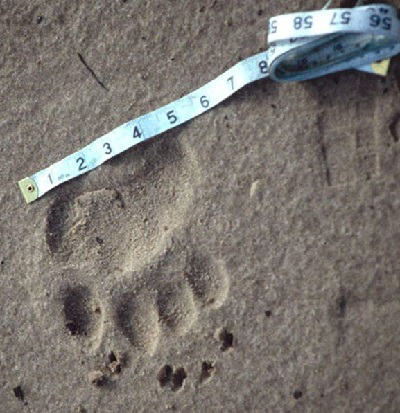 The Florida Fish and Wildlife Conservation Commission is asking citizens to report sightings of black bears or their tracks to a new mapping website. It is particularly interested in reports of females with cubs or of cubs alone,
The Florida Fish and Wildlife Conservation Commission is asking citizens to report sightings of black bears or their tracks to a new mapping website. It is particularly interested in reports of females with cubs or of cubs alone, 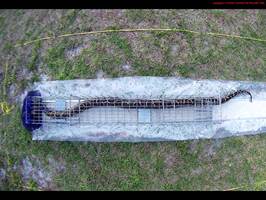 It’s got to be a really big snake to trip the trap recently patented by the US Department of Agriculture’s National Wildlife Research Center (NWRC). But that’s the point. The idea is to live trap invasive pythons in Florida while leaving the native snakes alone. One difference between the native snakes and the non-native pythons is that the pythons tend to be a lot bigger.
It’s got to be a really big snake to trip the trap recently patented by the US Department of Agriculture’s National Wildlife Research Center (NWRC). But that’s the point. The idea is to live trap invasive pythons in Florida while leaving the native snakes alone. One difference between the native snakes and the non-native pythons is that the pythons tend to be a lot bigger.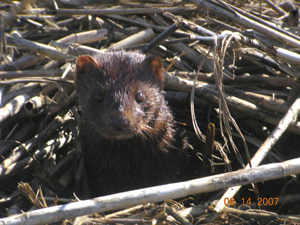 The Florida Fish and Wildlife Conservation Commission (FWC) would like to learn more about Florida’s three subspecies of mink, and it is reaching out to the public for help.
The Florida Fish and Wildlife Conservation Commission (FWC) would like to learn more about Florida’s three subspecies of mink, and it is reaching out to the public for help.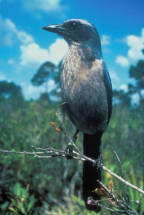 Last year the US Fish and Wildlife Service quietly handed over the responsibility for issuing incidental take permits for species listed under the federal Endangered Species Act to the Florida Fish and Wildlife Conservation Commission, according to
Last year the US Fish and Wildlife Service quietly handed over the responsibility for issuing incidental take permits for species listed under the federal Endangered Species Act to the Florida Fish and Wildlife Conservation Commission, according to 
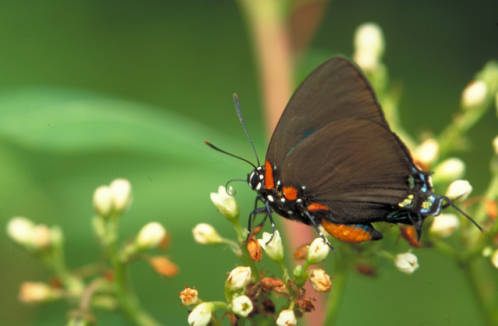
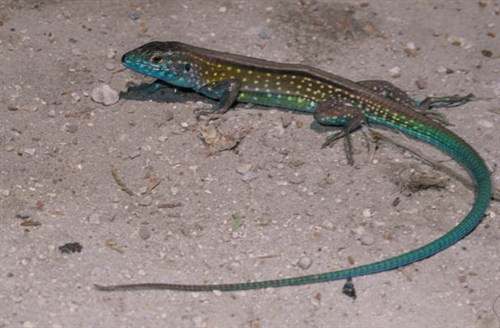
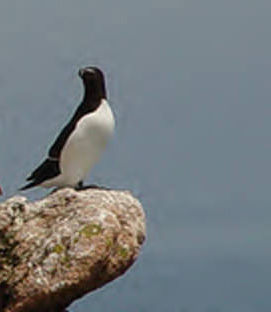
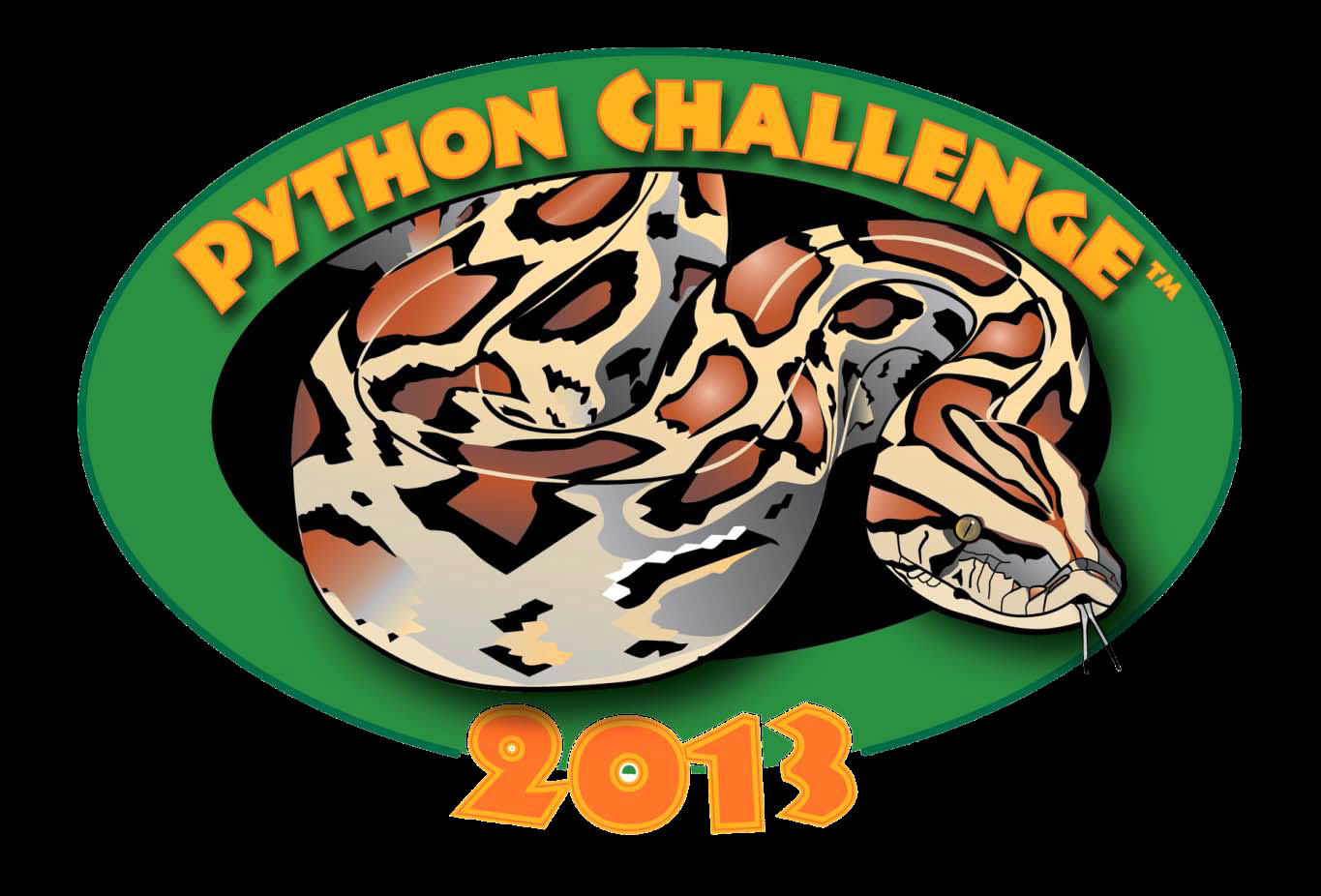 Non-native Burmese pythons are disrupting the south Florida ecosystem by devouring native wildlife.
Non-native Burmese pythons are disrupting the south Florida ecosystem by devouring native wildlife.